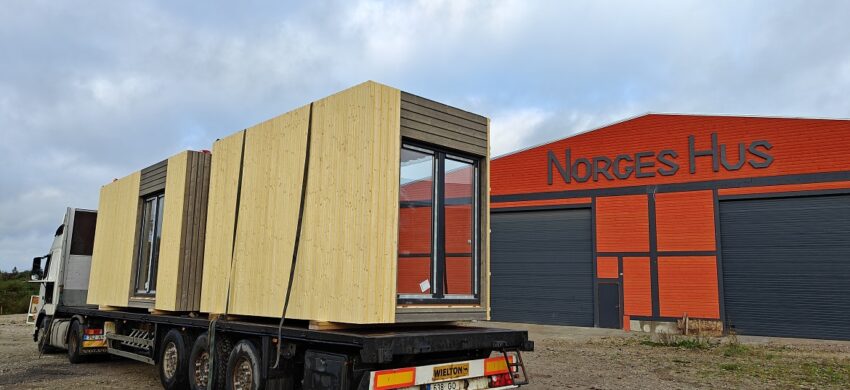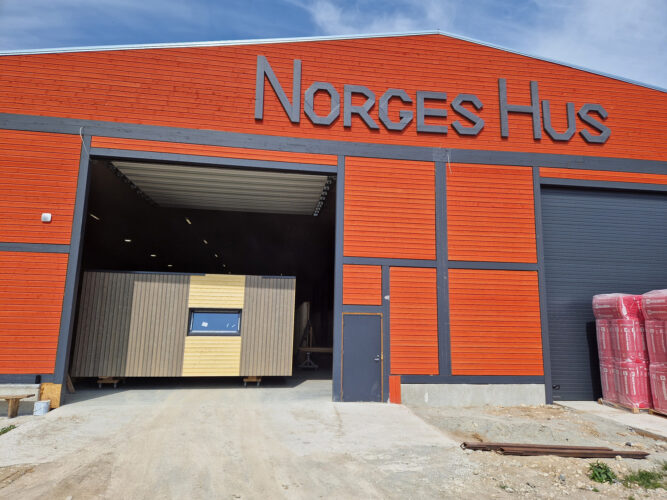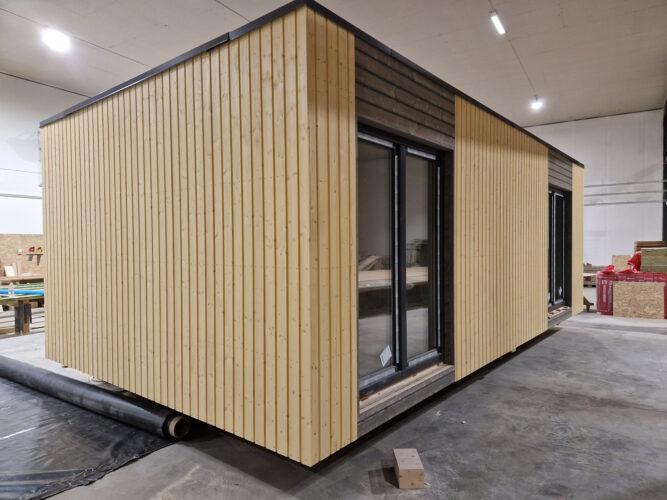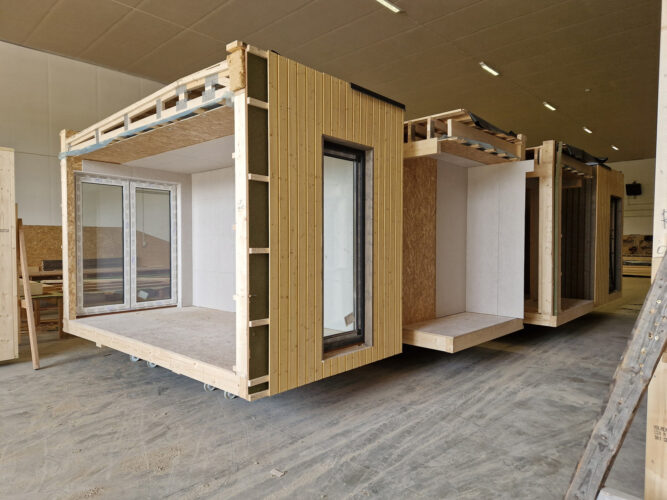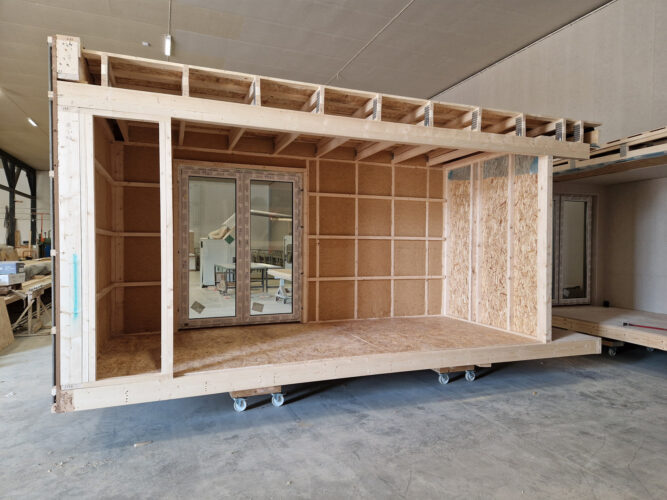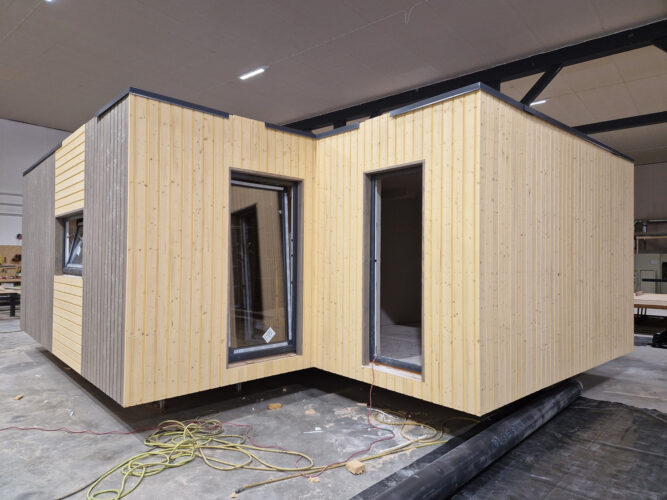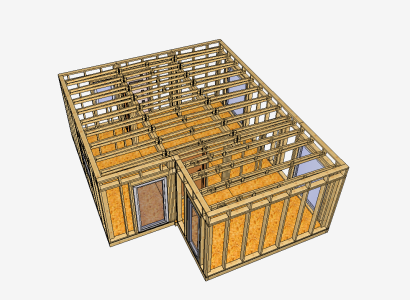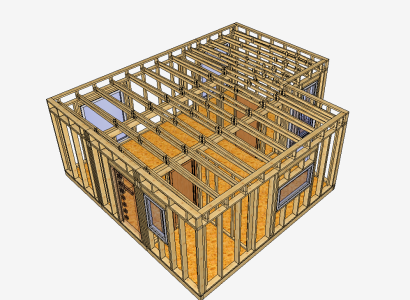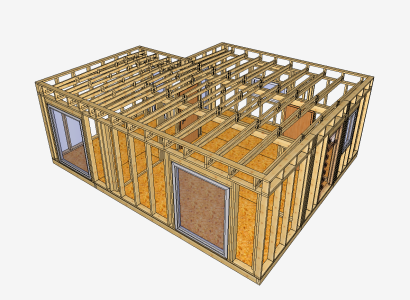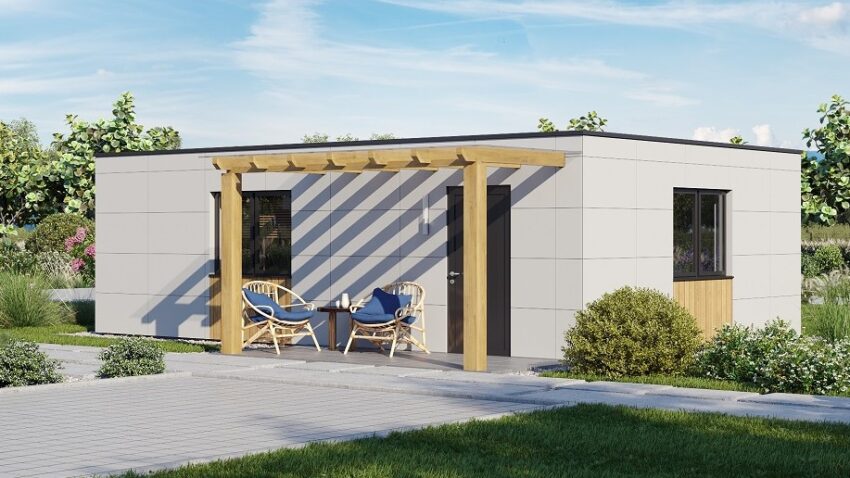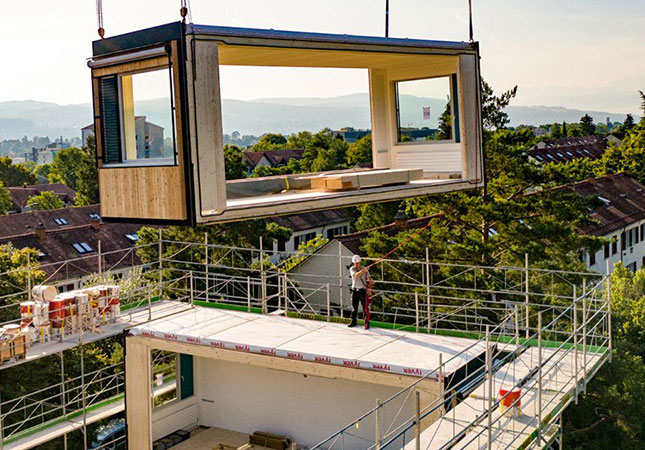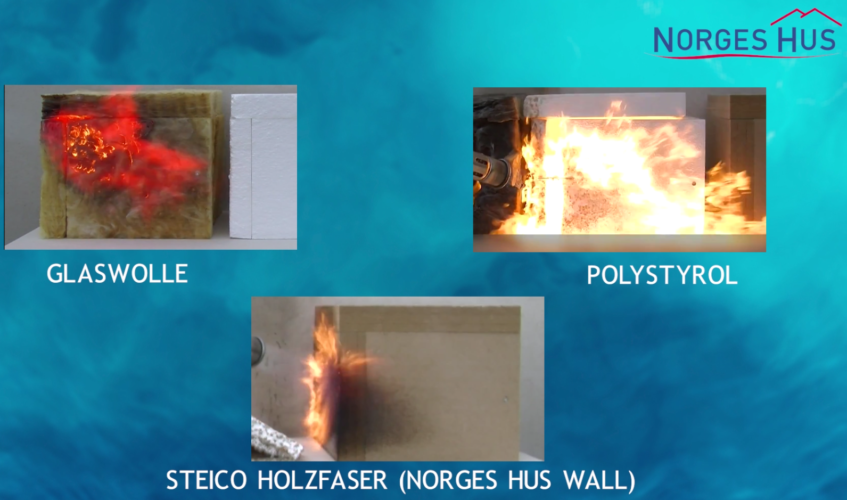
houses across Europe
Central Europe and in Mediterranean countries.

Modular Homes
environmentally friendly, and above all competitively priced.

houses across Europe
Central Europe and in Mediterranean countries.

Modular Building
dream house!
is a type of house that is mostly constructed in a factory before being shipped
to its final location, where the final assembly takes place.
Why choose Norges Hus Modular houses?
High-quality construction
Norges Hus Modular Houses are built to the same building codes and standards as traditional homes, and are subject to rigorous quality control inspections. This ensures that they are built to a high standard of quality and safety.
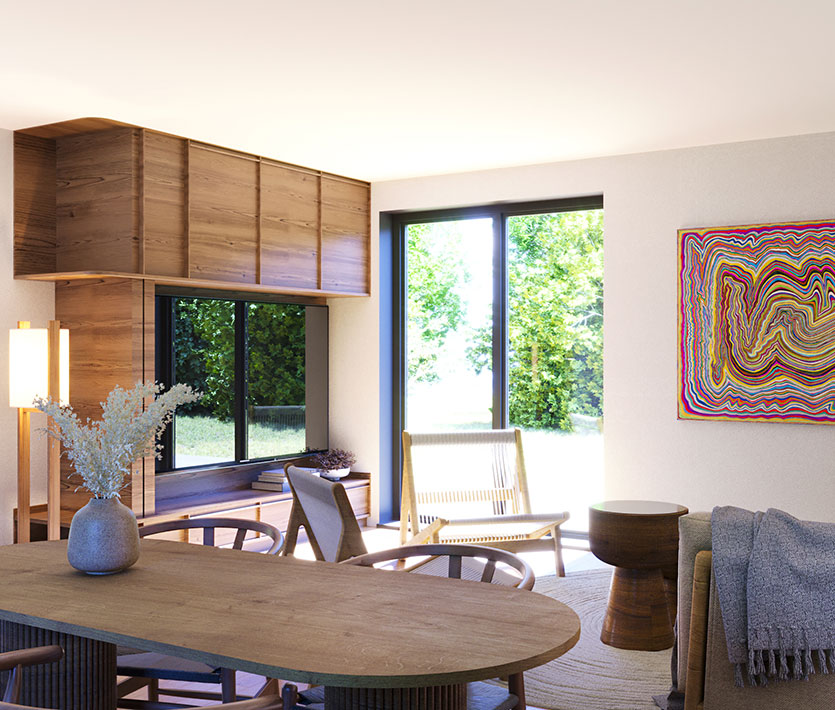
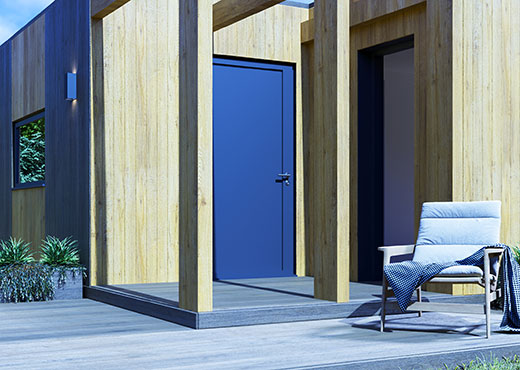
Facade
NorgesHus Modular houses, also known as prefabricated houses, are homes that are built off-site, usually in standard sections that can be easily shipped and assembled. A wooden facade refers to the exterior face of the building that is finished with a layer of wood. Wooden facades have become increasingly popular for their aesthetic appeal, ease of installation, and environmental benefits.
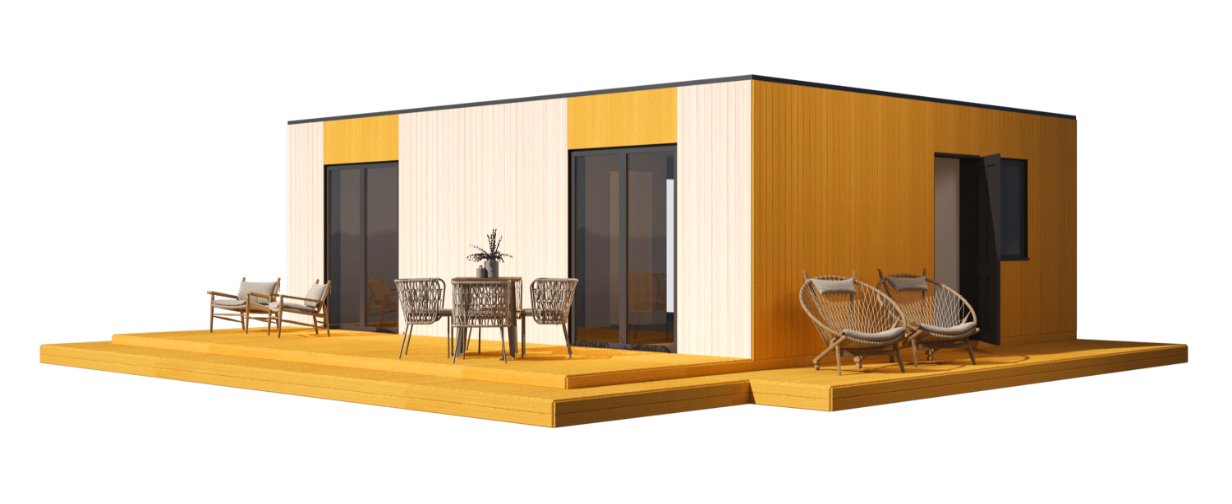


























Modular Houses - What is included in the price ?
Modern Modular House 48m²
Floor Area
Living area
Bathroom
Bedroom
7
Days to build
Foundation
A modular home, also known as a prefab home, is a type of house that is mostly constructed in a factory before being shipped to its final location, where the final assembly takes place.
The foundation for a modular home can be done similarly to a traditional stick-built home.
Good to know
Remember, every construction project is unique, and the process can vary depending on various factors. It’s always recommended to hire a professional contractor or engineer to ensure that the foundation is built correctly and meets all local building codes and regulations.
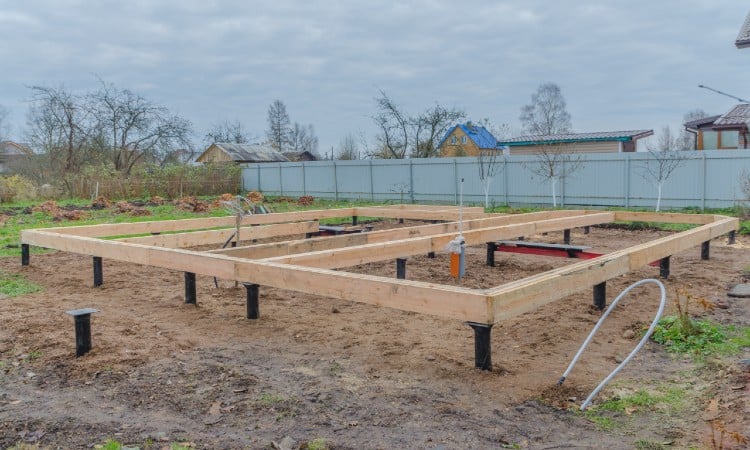
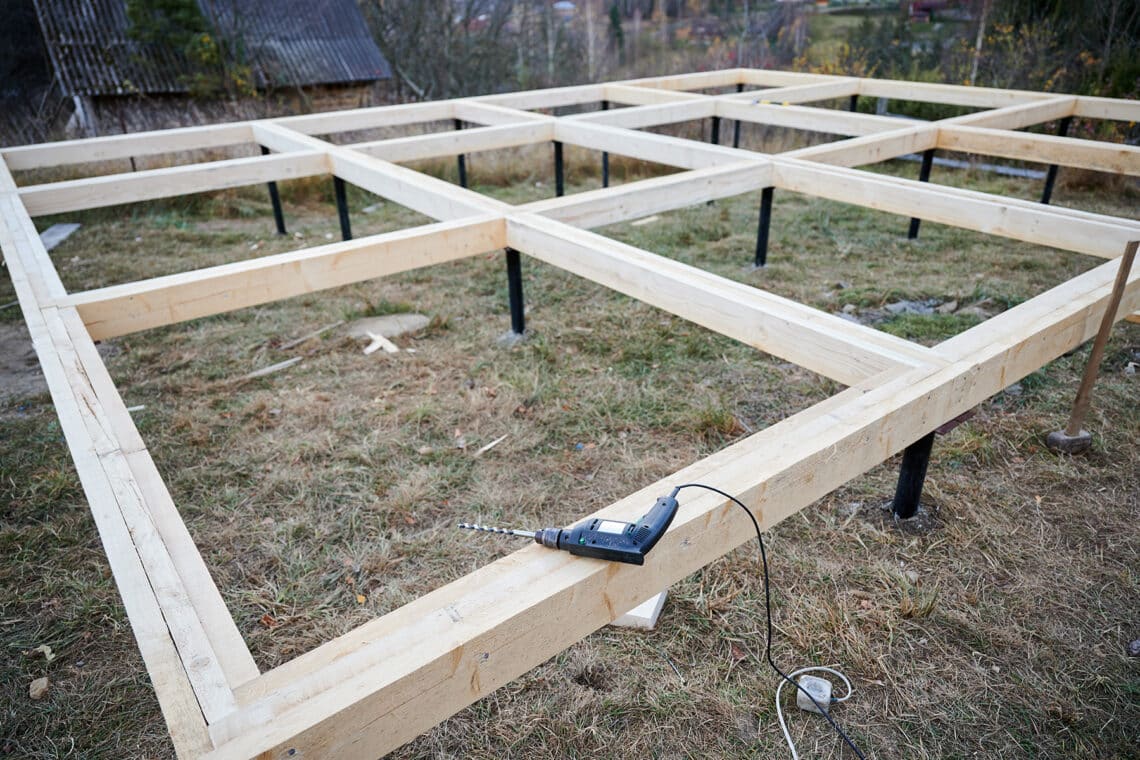
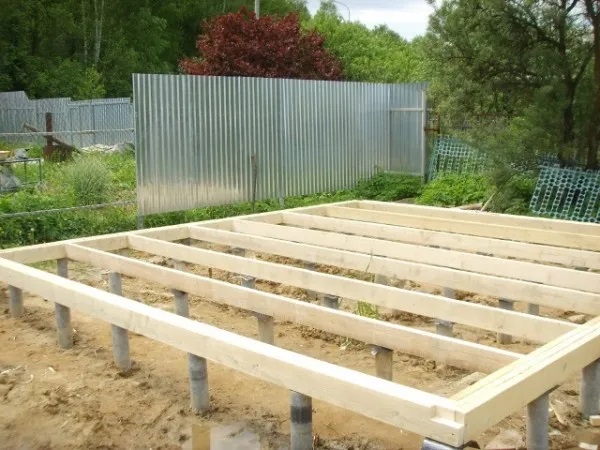
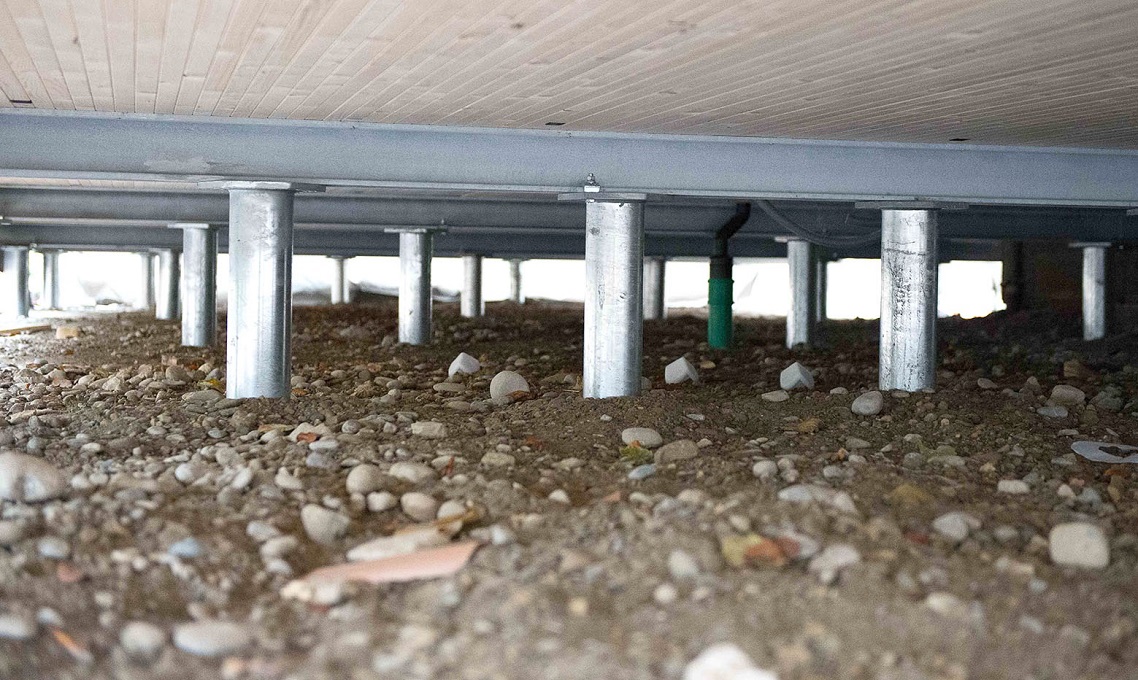
01. Site Preparation:
Before you can lay a foundation, the construction site needs to be leveled and prepared. This may involve removing trees, rocks, and other obstacles. The top layer of soil (known as the topsoil) may need to be removed because it’s prone to shifting and doesn’t provide a stable surface for a foundation.
02. Choose the Type of Foundation:
There are several types of foundations that can be used for a modular home, including slab, crawlspace, and basement foundations. The choice depends on various factors like local building codes, the slope of the land, the climate, and personal preference.
03. Mark the Foundation:
Once the type of foundation is chosen, the next step is to mark the exact location where it will be built. This usually involves driving stakes into the ground and connecting them with string.
04. Excavate the Area:
After marking the foundation, the next step is to excavate the area. This involves removing soil to the required depth. The depth and size of the excavation will depend on the type of foundation you’re building.
05. Pour the Footing:
The footing is the part of the foundation that spreads out the load of the house to the soil. It’s usually made from concrete and is poured into a trench that’s been dug around the perimeter of the foundation. The footing should be allowed to dry and harden before proceeding.
06. Build the Foundation Walls:
After the footing is dry, the foundation walls can be built. This may involve using concrete blocks or poured concrete. The walls should be built to the specified height and then allowed to dry.
07. Seal and Insulate the Foundation:
After the foundation walls are dry, they should be sealed to prevent moisture from seeping in. The foundation should also be insulated to prevent heat loss.
08. Install the Drainage System:
It’s important to install a drainage system around the foundation to prevent water from accumulating. This usually involves laying a perforated pipe around the perimeter of the foundation and covering it with gravel.
09. Backfill and Compact the Soil:
After the foundation is complete, the area around it should be backfilled with soil. The soil should be compacted to prevent it from settling and causing the foundation to shift.
10. Prepare for the House:
The last step in preparing the foundation for a modular home is to install the anchors or tie-downs that will secure the house to the foundation. The type and number of anchors will depend on the design of the house and local building codes.
Production
House plans and blueprints
Side 1
Lorem ipsum dolor sit amet, consectetur adipisicing elit, sed do eiusmod tempor incididunt ut labore et dolore magna aliqua. Ut enim ad minim veniam, quis nostrud exercitation ullamco laboris nisi ut aliquip ex ea commodo consequat.
Duis aute irure dolor in reprehenderit in voluptate velit esse cillum dolore eu fugiat nulla pariatur. Excepteur sint occaecat cupidatat non proident sunt in culpa qui officia deserunt mollit anim id est laborum. Sed ut perspiciatis unde omnis iste natus error sit voluptatem accusantium doloremque laudantium.u00a0u00a0
Side 2
Lorem ipsum dolor sit amet, consectetur adipisicing elit, sed do eiusmod tempor incididunt ut labore et dolore magna aliqua. Ut enim ad minim veniam, quis nostrud exercitation ullamco laboris nisi ut aliquip ex ea commodo consequat.
Duis aute irure dolor in reprehenderit in voluptate velit esse cillum dolore eu fugiat nulla pariatur. Excepteur sint occaecat cupidatat non proident sunt in culpa qui officia deserunt mollit anim id est laborum. Sed ut perspiciatis unde omnis iste natus error sit voluptatem accusantium doloremque laudantium.u00a0u00a0
Side 3
Lorem ipsum dolor sit amet, consectetur adipisicing elit, sed do eiusmod tempor incididunt ut labore et dolore magna aliqua. Ut enim ad minim veniam, quis nostrud exercitation ullamco laboris nisi ut aliquip ex ea commodo consequat.
Duis aute irure dolor in reprehenderit in voluptate velit esse cillum dolore eu fugiat nulla pariatur. Excepteur sint occaecat cupidatat non proident sunt in culpa qui officia deserunt mollit anim id est laborum. Sed ut perspiciatis unde omnis iste natus error sit voluptatem accusantium doloremque laudantium.u00a0u00a0
Norges Hus blog
